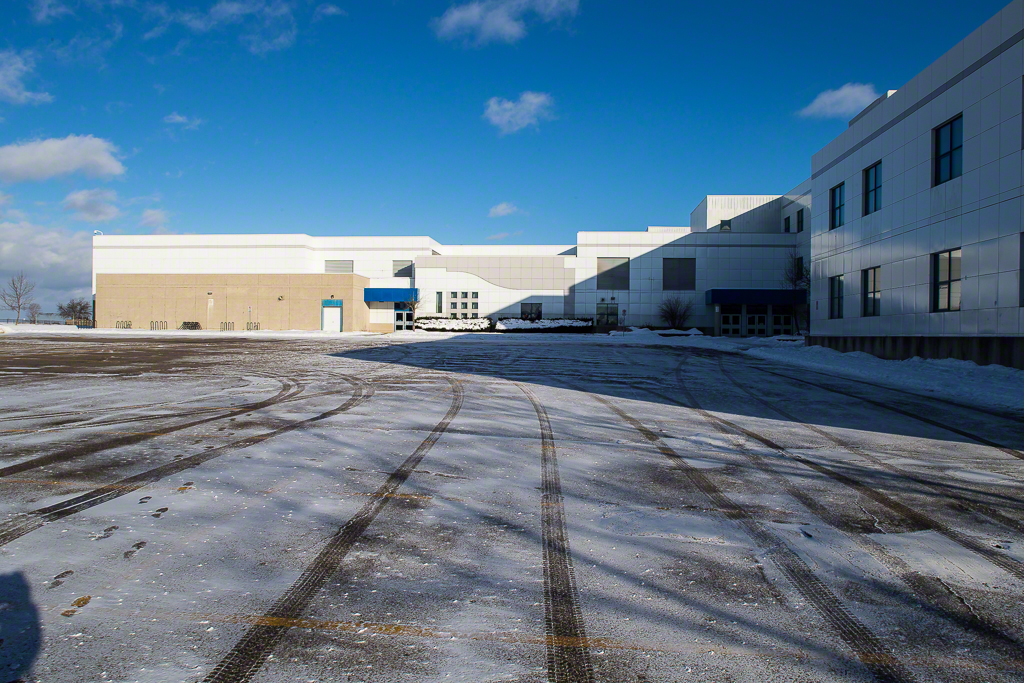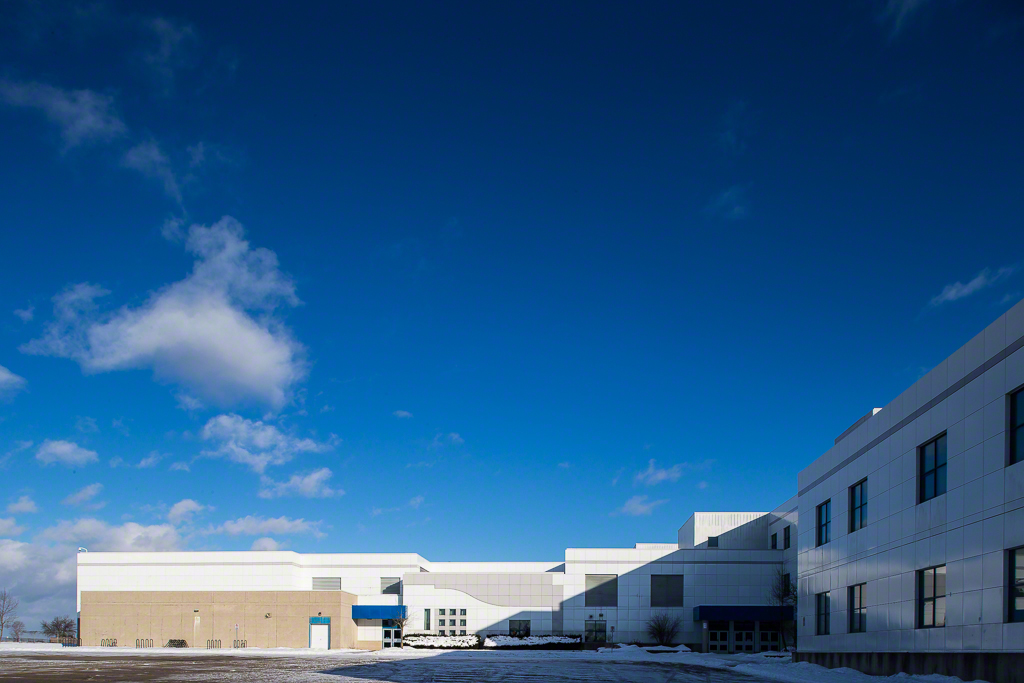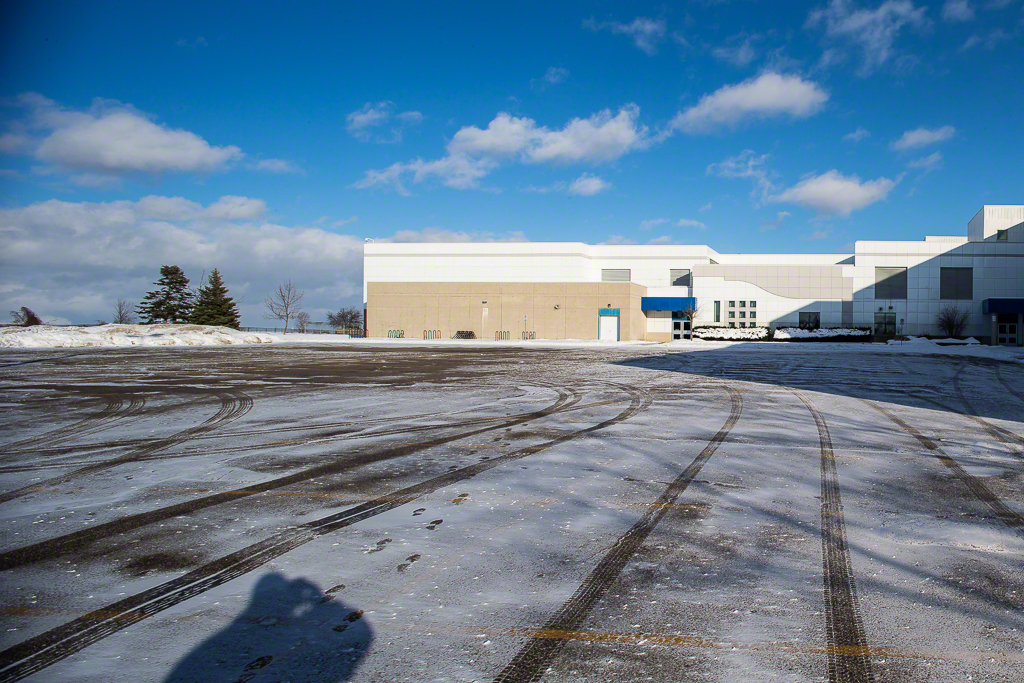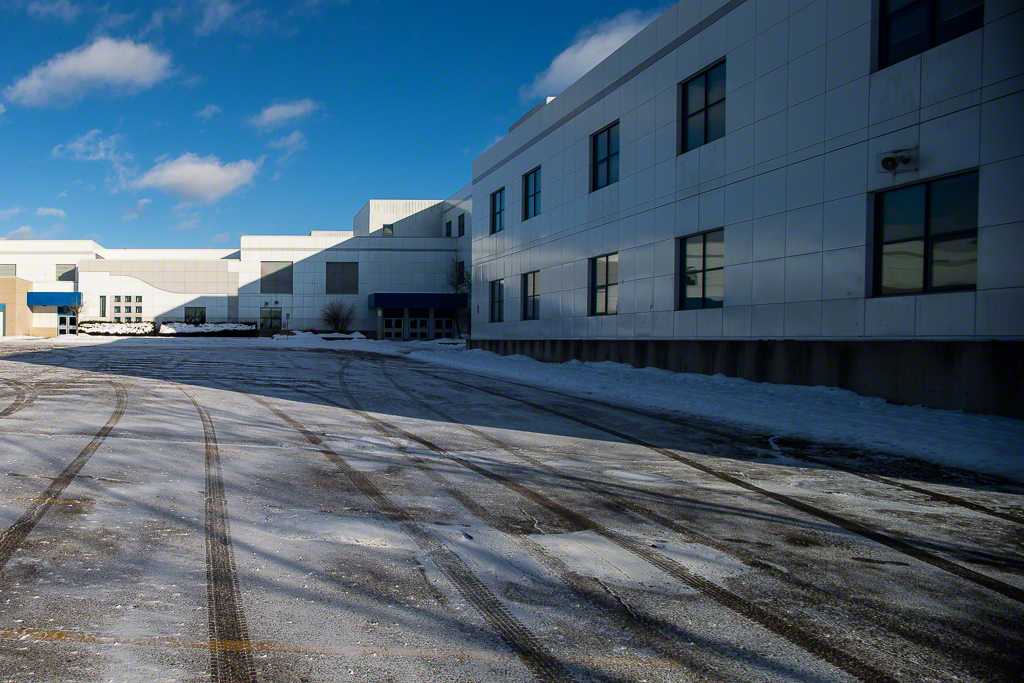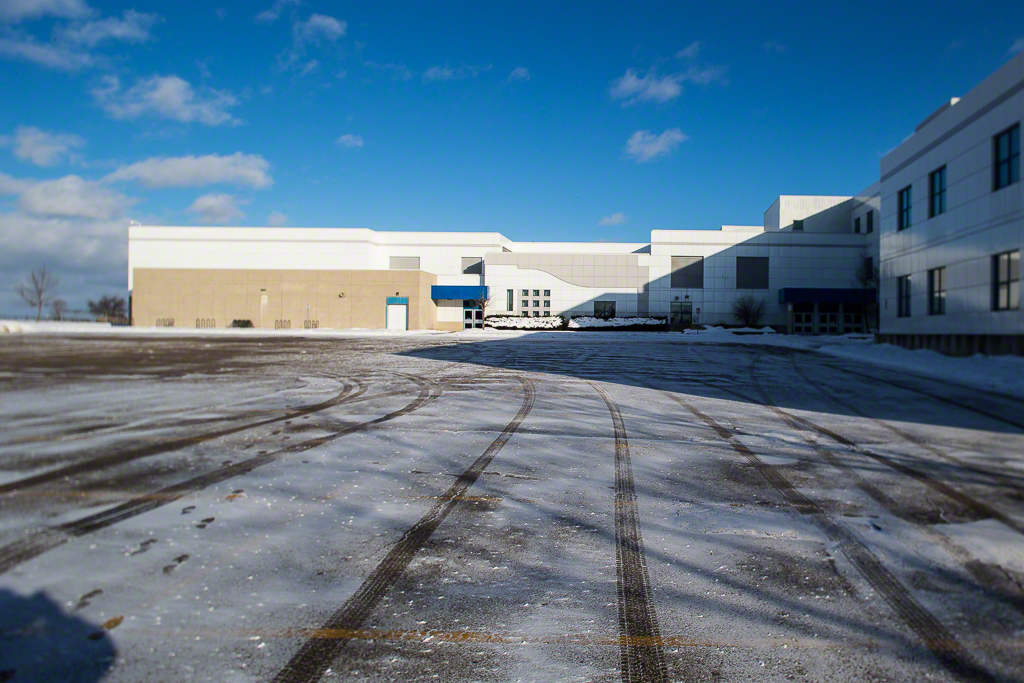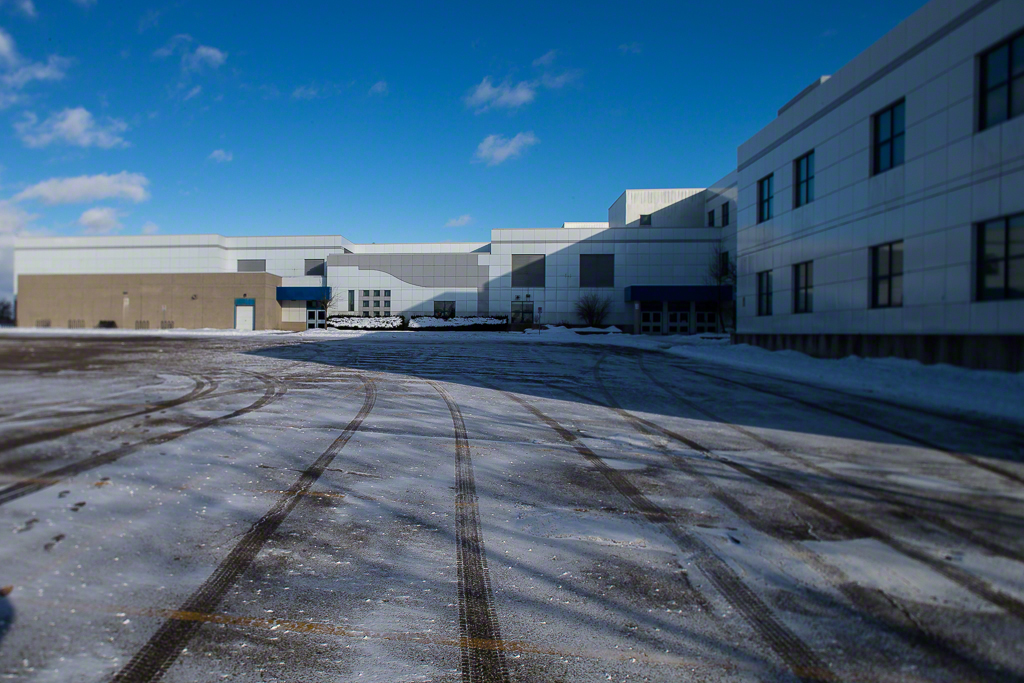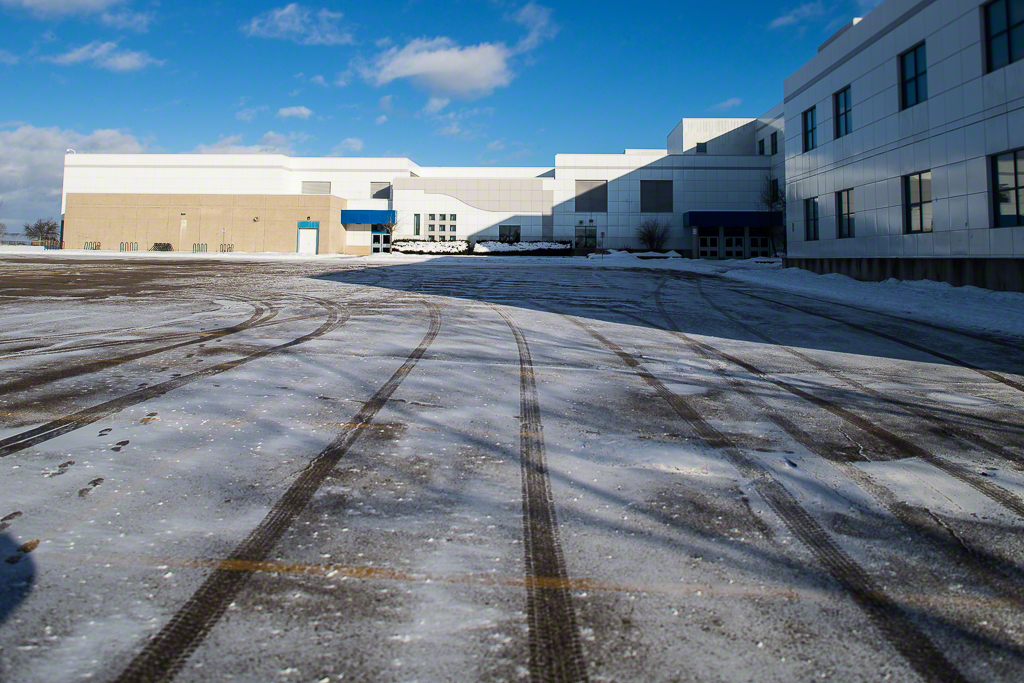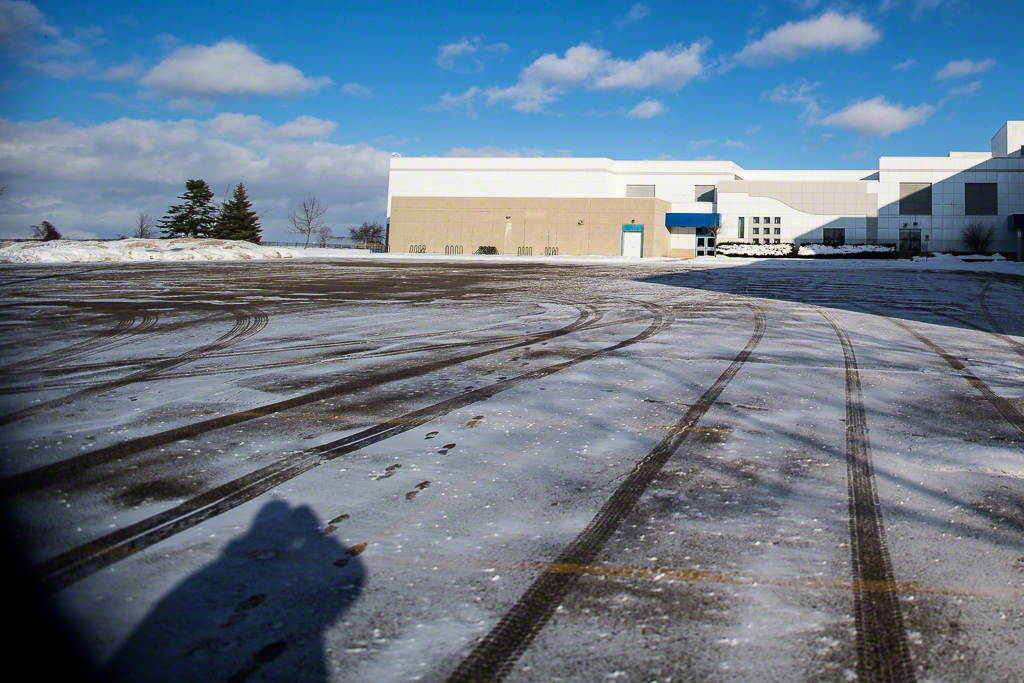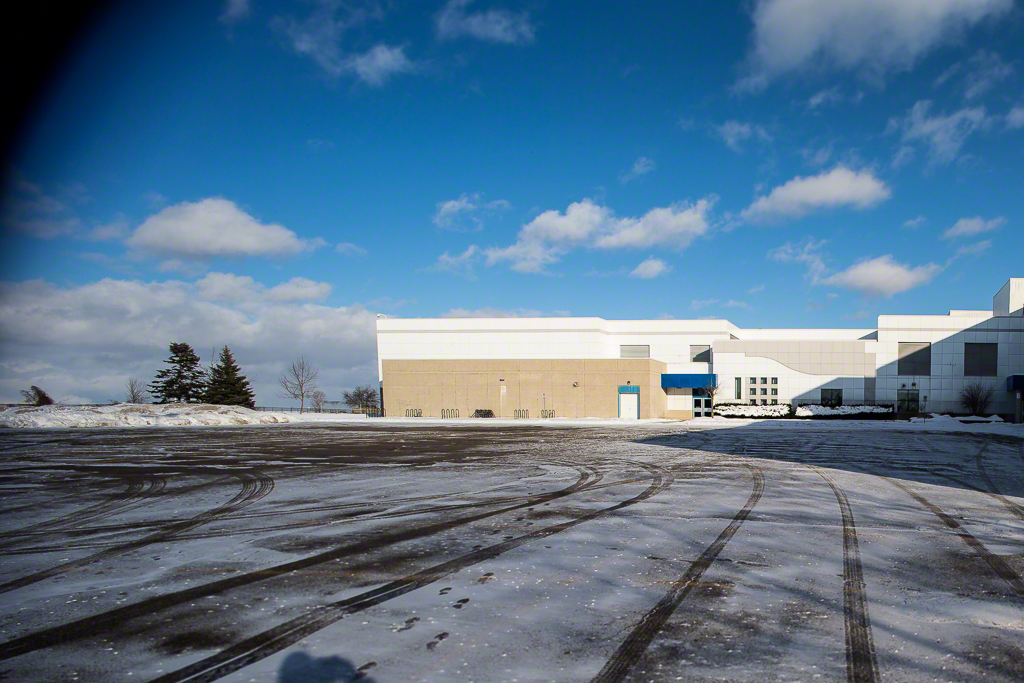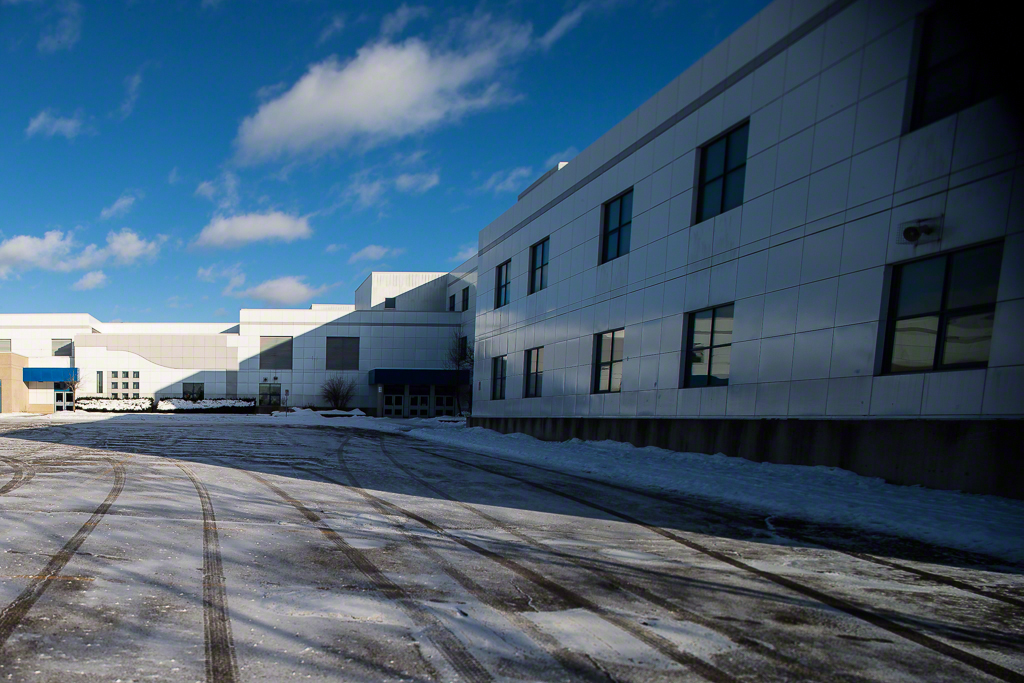Understanding Tilt + Shift Lenses
/I recently put hands-on a used Canon Tilt + Shift lens and wanted to clear up the myriad misconceptions around what these lenses do. I was distressed to see so much misinformation out there and hope that this helps readers get a clearer idea of why Tilt+Shift can be so powerful.
There is lots of babble about the tilt-shift "effect", usually in relation to using focus plane adjustment or making things look like a "toy". This usually means taking a normal shot and making it look like it was shot with a macro lens with limited depth of field. It's an eye trick, and while some people like it, it gets old very fast and severely under-utilizes the power of tilt + shift lenses. You'll note that I refer to Tilt + Shift instead of Tilt-Shift. I credit Australian photographer Peter Hill for educating me on the distinction and seeing as I find his argument so credible, elect to continue using his nomenclature.
Let's step back a bit.
With a view camera, there are two standards, the lens standard and the film plane standard. On a view camera, both standards are adjustable in four ways. Rise and fall means that the standard can move up or down without altering the angle of the lens or film plane. Shift means that the standard can move left or right without altering the angle of the lens or film plane. Tilt means that the standard can tilt forward and back without altering the vertical or horizontal position of the lens or film plane. Swing means that the standard can swing to the left or right without altering the vertical or horizontal position of the lens or film plane.
With a DSLR style Tilt + Shift lens, instead of there being four movements available simultaneously, there are only two available simultaneously (mostly). This isn't a bad thing at all, just a fact of life. All movements in this type of lens are like moving the lens standard on the view camera. The rear standard (film plane) is fixed. Most TS lenses will offer rotation, so you can have either Shift or Rise/Fall but not both fully independently. Because the rotation is free, you can get shift and rise/fall together but not with the exactitude of separate adjustments.
Similarly in standard orientations the lens can either tilt or swing but not both. Again, using the rotation capability you can get some level of tilt and swing, but not with the exactitude of separate adjustments.
Please note that a full tilt with a full shift may cause vignetting to occur, although newer TS lenses have larger image circles to combat this. For example, I was using the first edition of Canon's 24/3.5L TS lens. The second edition, has an image circle 1.5x bigger so this reduces the likelihood of vignetting substantially. When you look at the samples under Combinations, you can see vignetting happening. Yes I could correct his in post, I simply chose not to do so, in order to illustrate the point.
Be aware that there is no autofocus in a Tilt + Shift lens. This is logical since the focus plane is by definition, unfixed. There is also no autoexposure. With the lens centred, take your light meter reading and then make those settings in manual mode. When you start moving the lens options, the meter reading will be wrong. So learn where manual mode is and how to make a setting in it before moving the lens. Using a handheld incident light meter will of course be helpful.
Also note that this lens is not one of those that you will use Lens Profile corrections for in your editing software. That would defeat the purpose somewhat.
Let's take a look at the different movements
Rise / Fall and Shift
In these scenarios, the lens is raised or lowered, or shifted to the left or right, relative to the film plane. It's kind of hard to describe so I made some simple (and boring) shots to help illustrate. Rises and shifts tend not to introduce distortions and are very useful when photographing buildings to prevent them from appearing to be falling over or leaning. These movements are also awesome for big landscapes where you cannot get into the exact position you want to be to shoot from but need more than you could get without tilting the camera. All the images you see here are shot from EXACTLY the same position, camera on a tripod. These are samples of rises, falls and shifts.
Tilts and Swings
In these scenarios, the lens is moved so it changes the focus plane that the lens delivers to the sensor. So subjects in different parts of the viewfinder but at the same distance from the camera can have one in focus and the other out of focus. This is the "toy" effect. Much more useful is if you are shooting a canyon where the far side varies significantly in distance and you want all elements in focus, but the lighting or other situations prevent you from going for maximum depth of field. By swinging or tilting the lens, you change what is in focus and can align the new focus plane to the subject. I've seen Moose Peterson use a tilt to pull more foreground into focus in a landscape to create the image of more depth. There is also a capability to combine tilts / swings with focus stacking to get incredible depth of field while correcting for distortions such as mountains leaning over backward or buildings appearing to lean in towards the centre. Here are some samples showing tilts and swings.
There are new corrections in Lightroom and Photoshop and also in dedicated applications such as DxO Viewpoint to help correct for falling and leaning that frankly costs a lot less than a TS lens, so judge accordingly as to the value that owning a TS lens would bring you. Rent one a few times before dropping major coin on one.
Combinations
You can of course mix Tilts and Shifts in a single image. This perhaps where a TS lens becomes most agile, and also the most work. Here are some samples with multiple movements.
In closing, Tilt + Shift lenses are not for everyone, but may be for more people than would initially be considered. And let me be clear. Lens Baby style kit ARE NOT like a Tilt + Shift lens. They are capable of altering the tilt/swing of the lens but do not shift and their mediocre optics become tiresome in short order. With great respect, they are more toy than practical tool.
A Tilt + Shift lens could be an amazing tool in your photographic arsenal. The sample images really don't do the power of the lens full justice but they do give you a sense of the capability. To reiterate; every frame was taken at the same exposure, same focus from exactly the same position on a tripod. Camera was a Canon 1Dx with Canon's 24mm f/3.5L I Tilt + Shift lens. Images were imported into Lightroom 5.3 and then exported to high quality JPEG for web presentation. 1/160 f/13 ISO 100 +- 0EV


